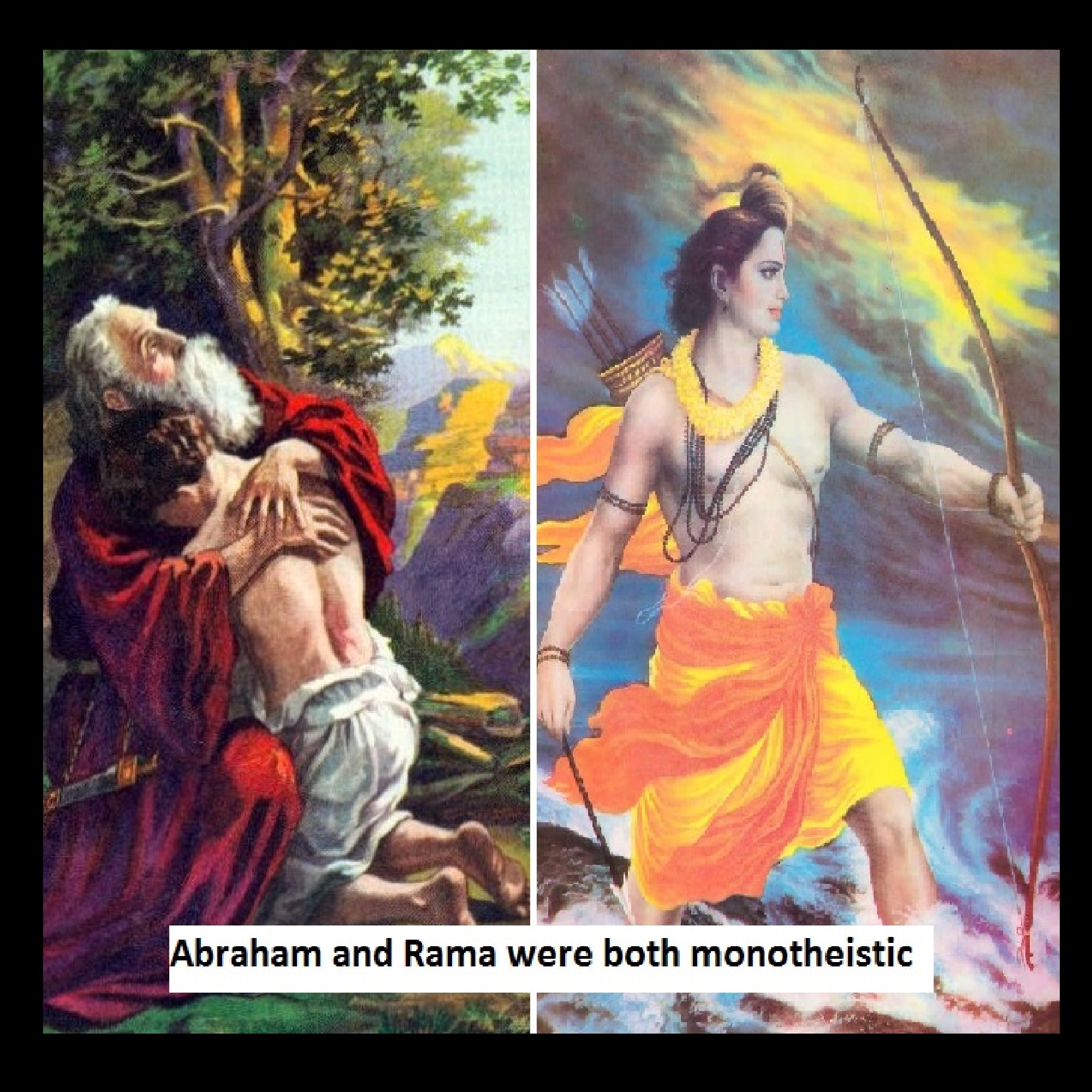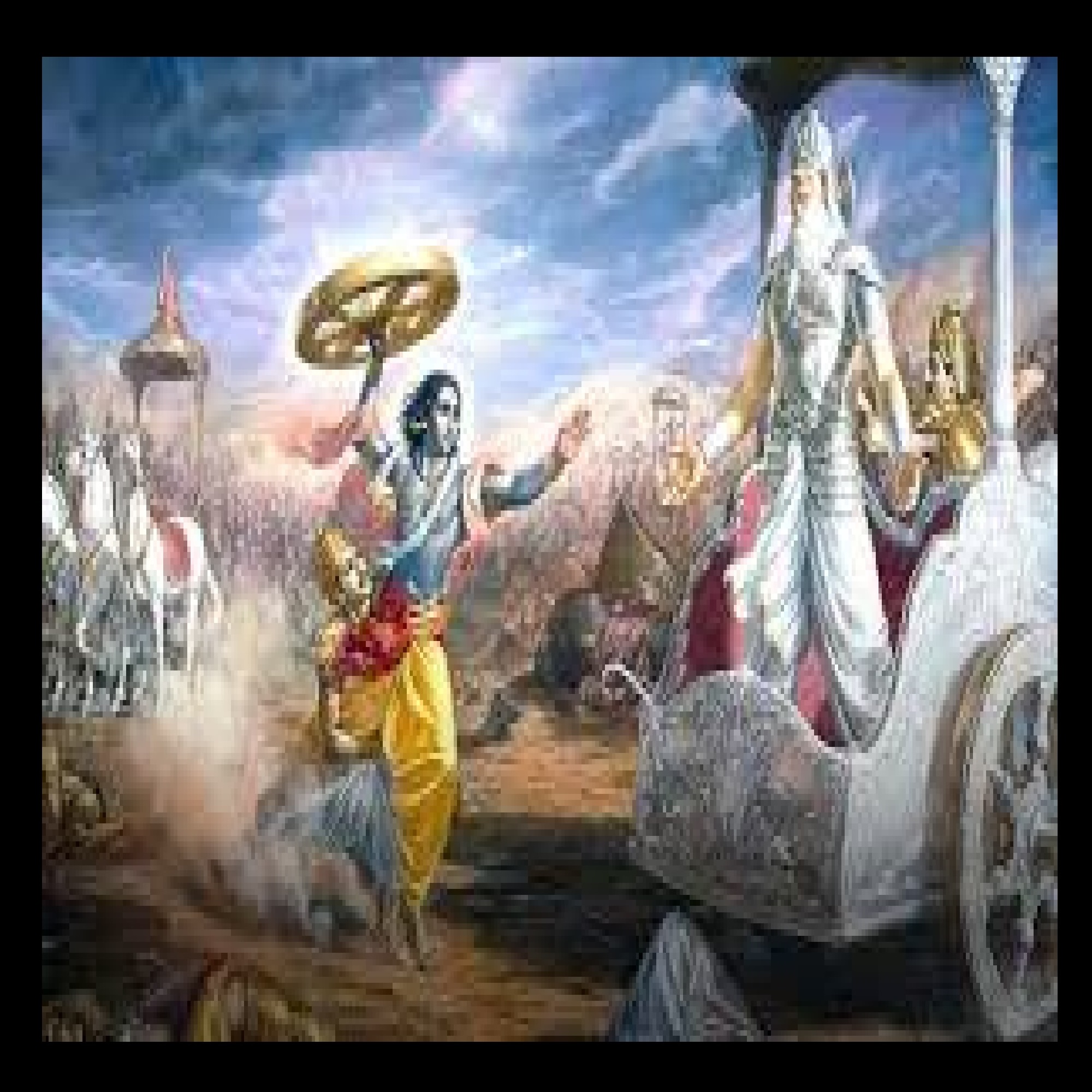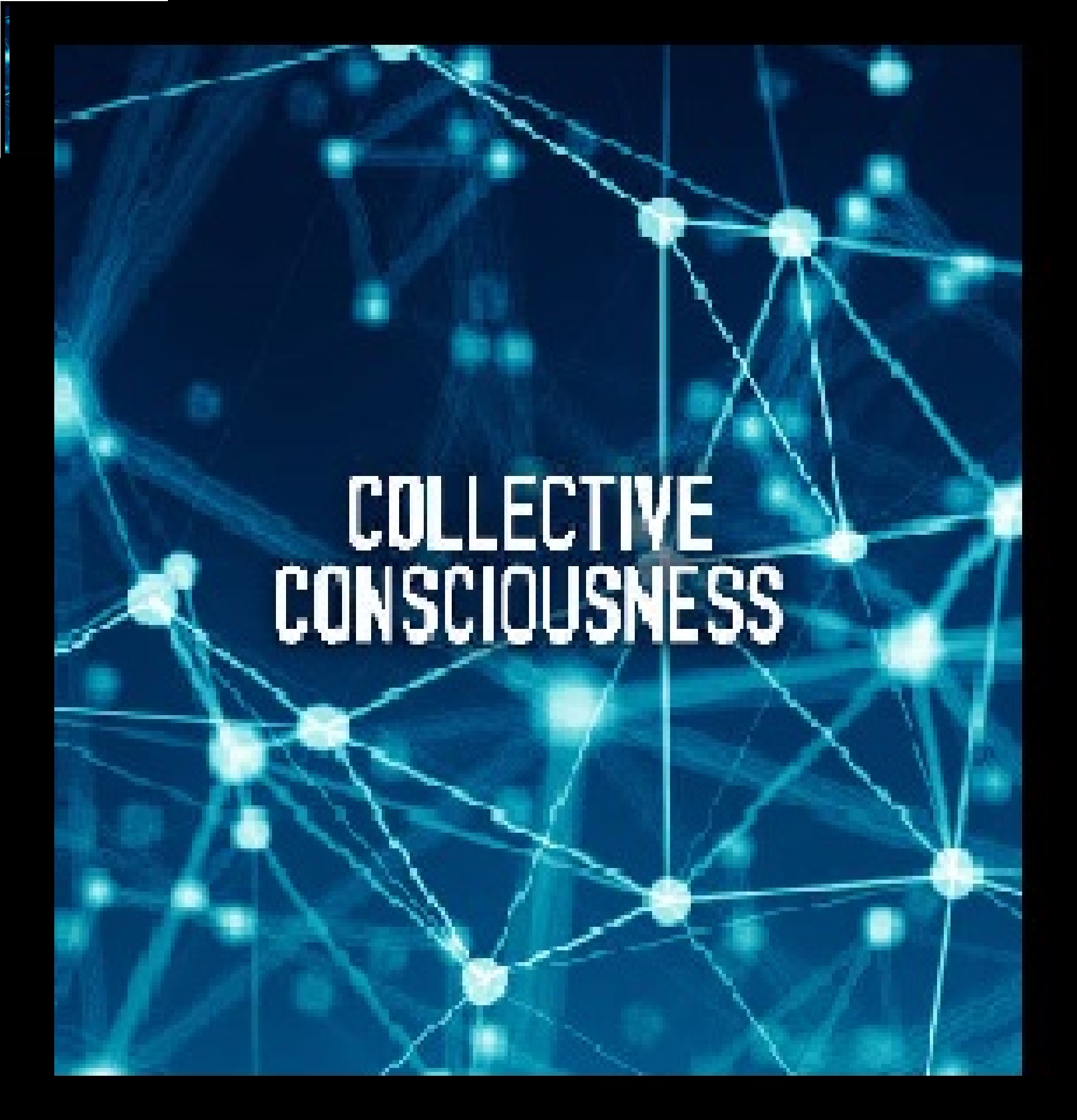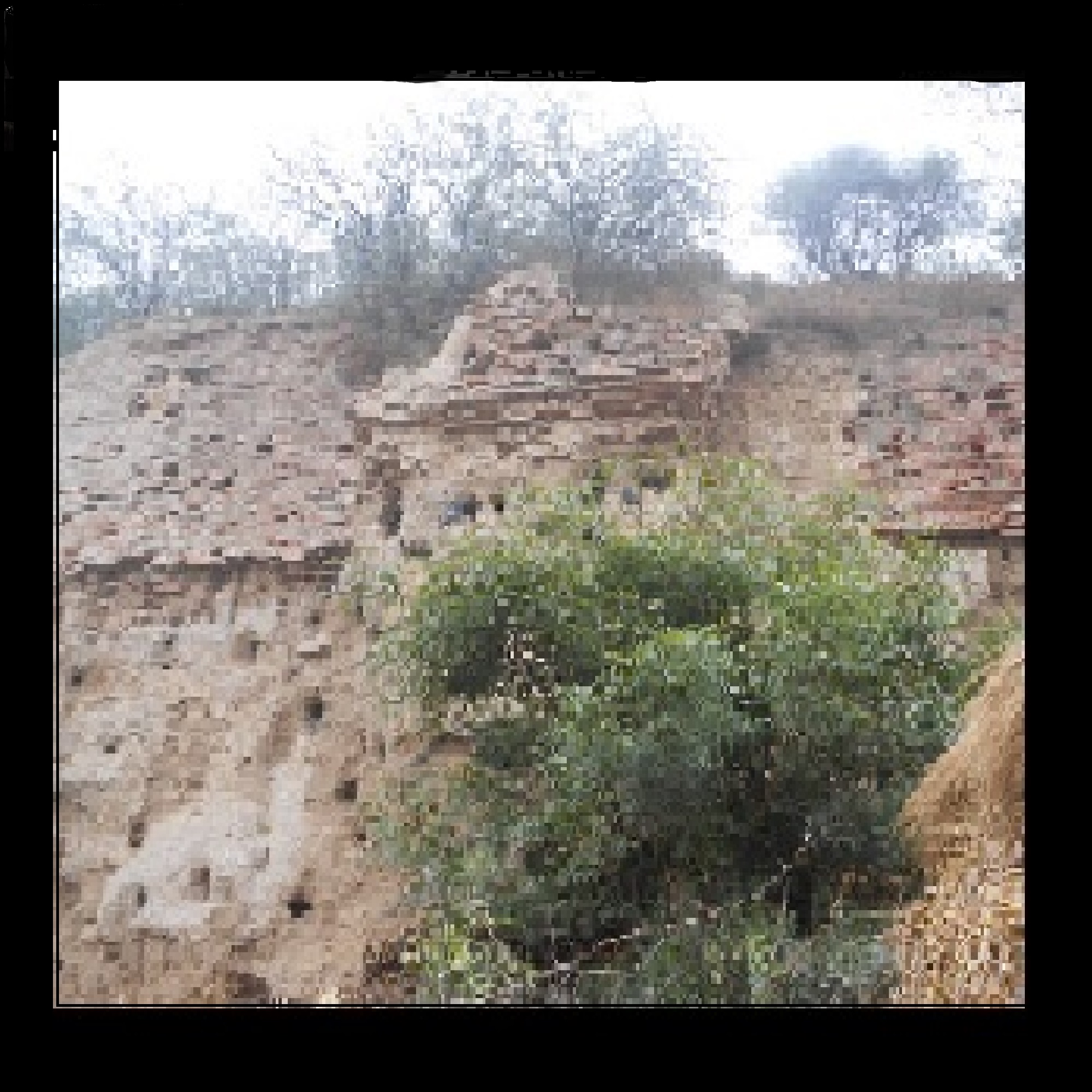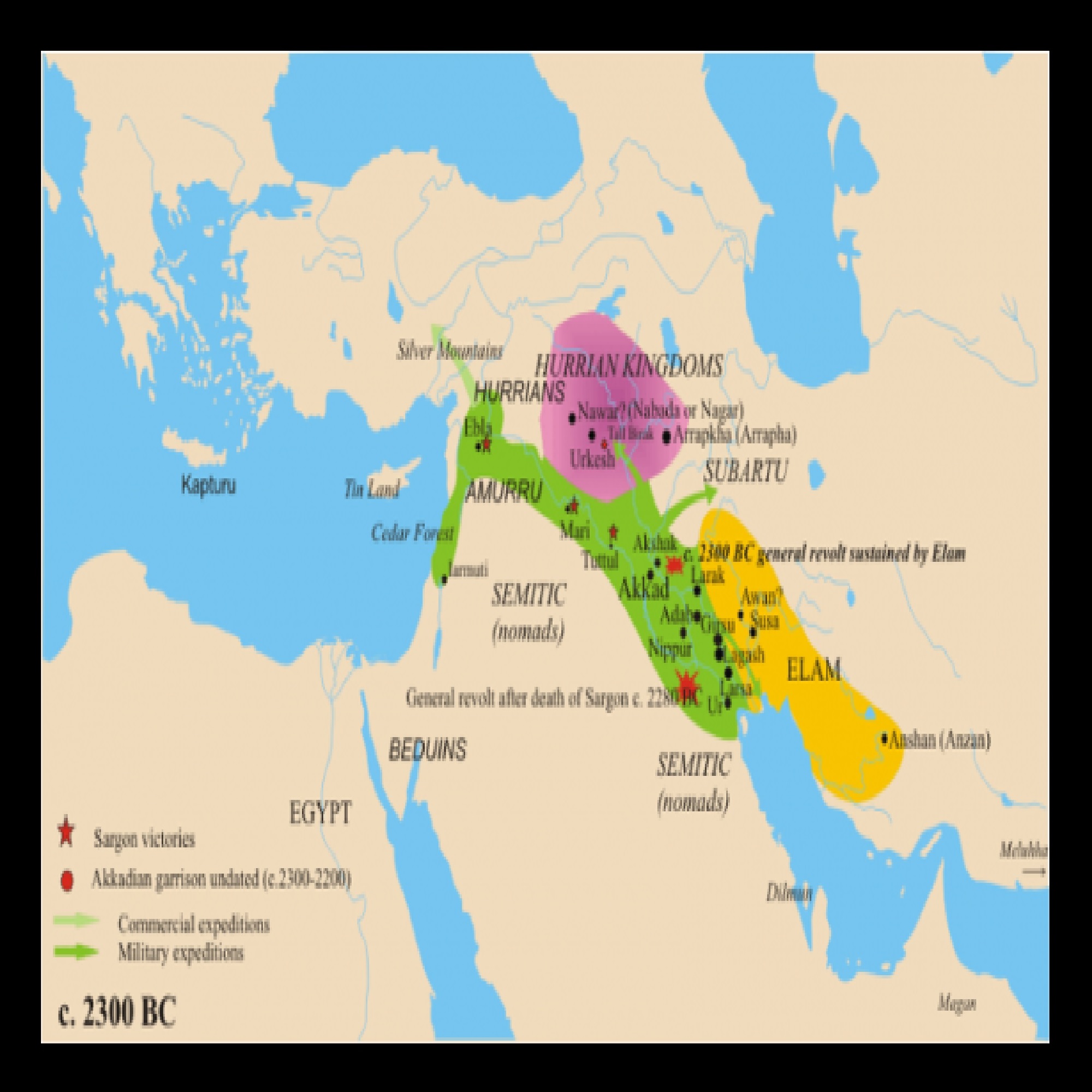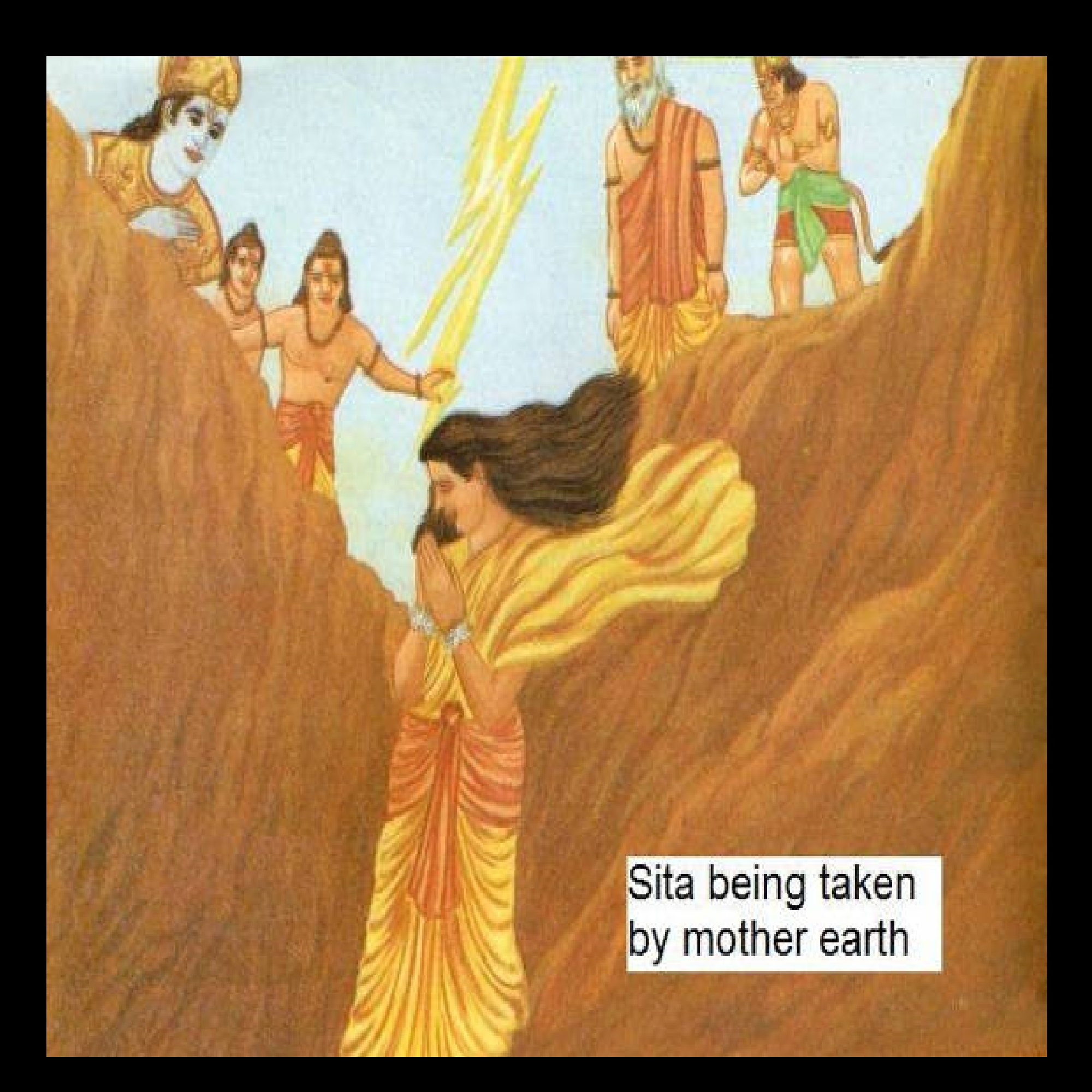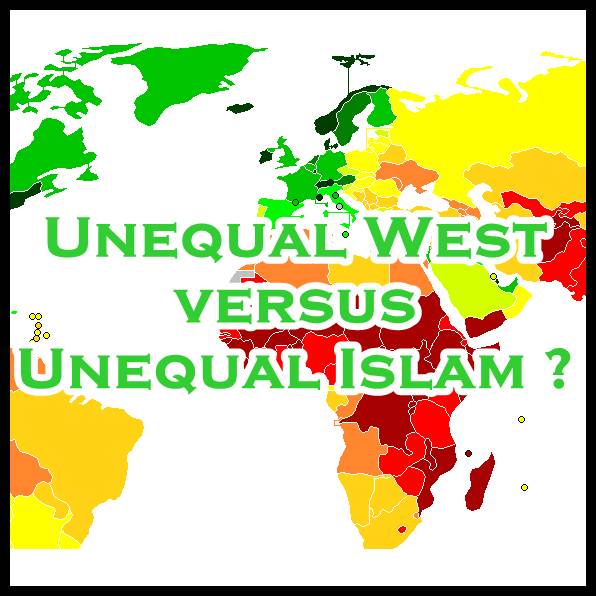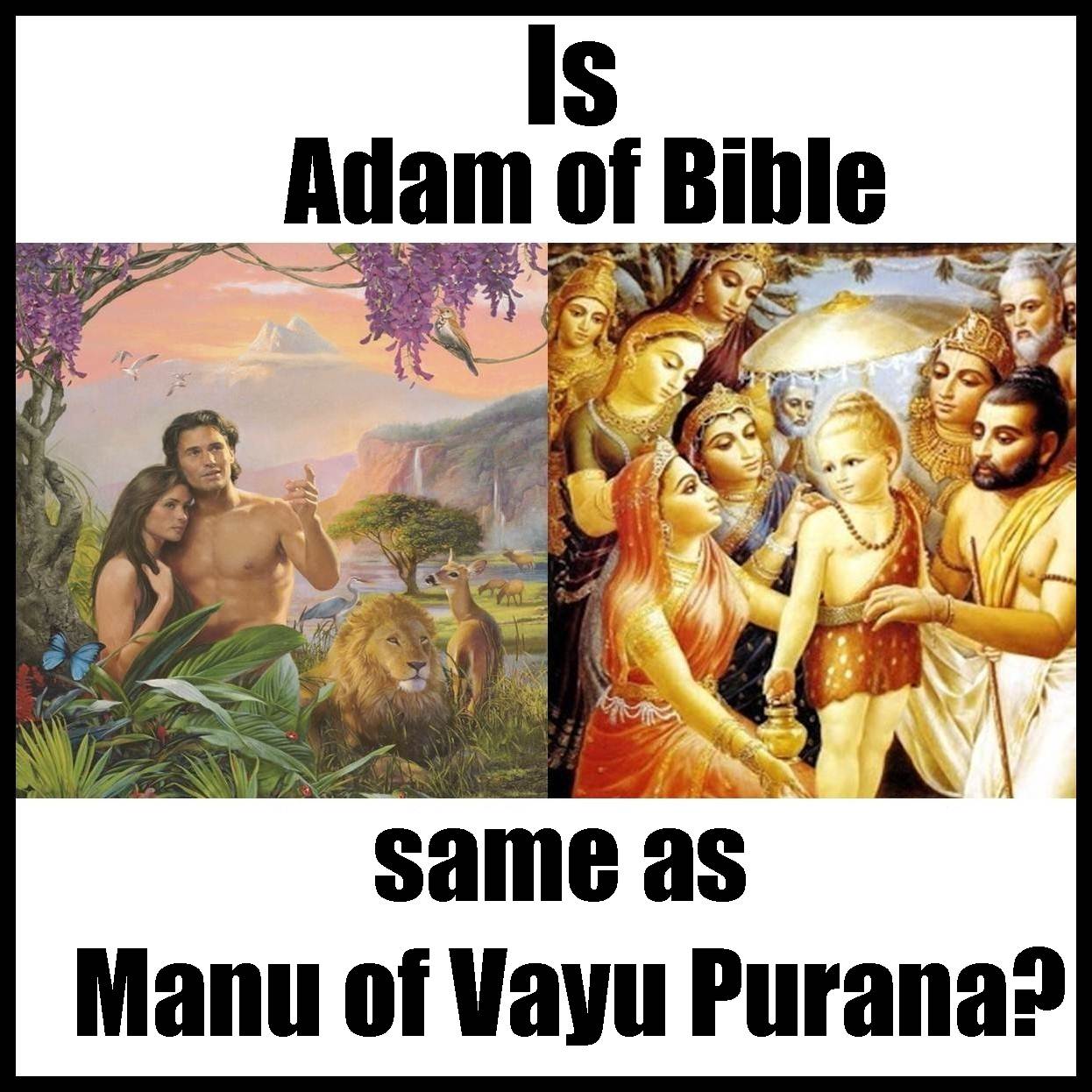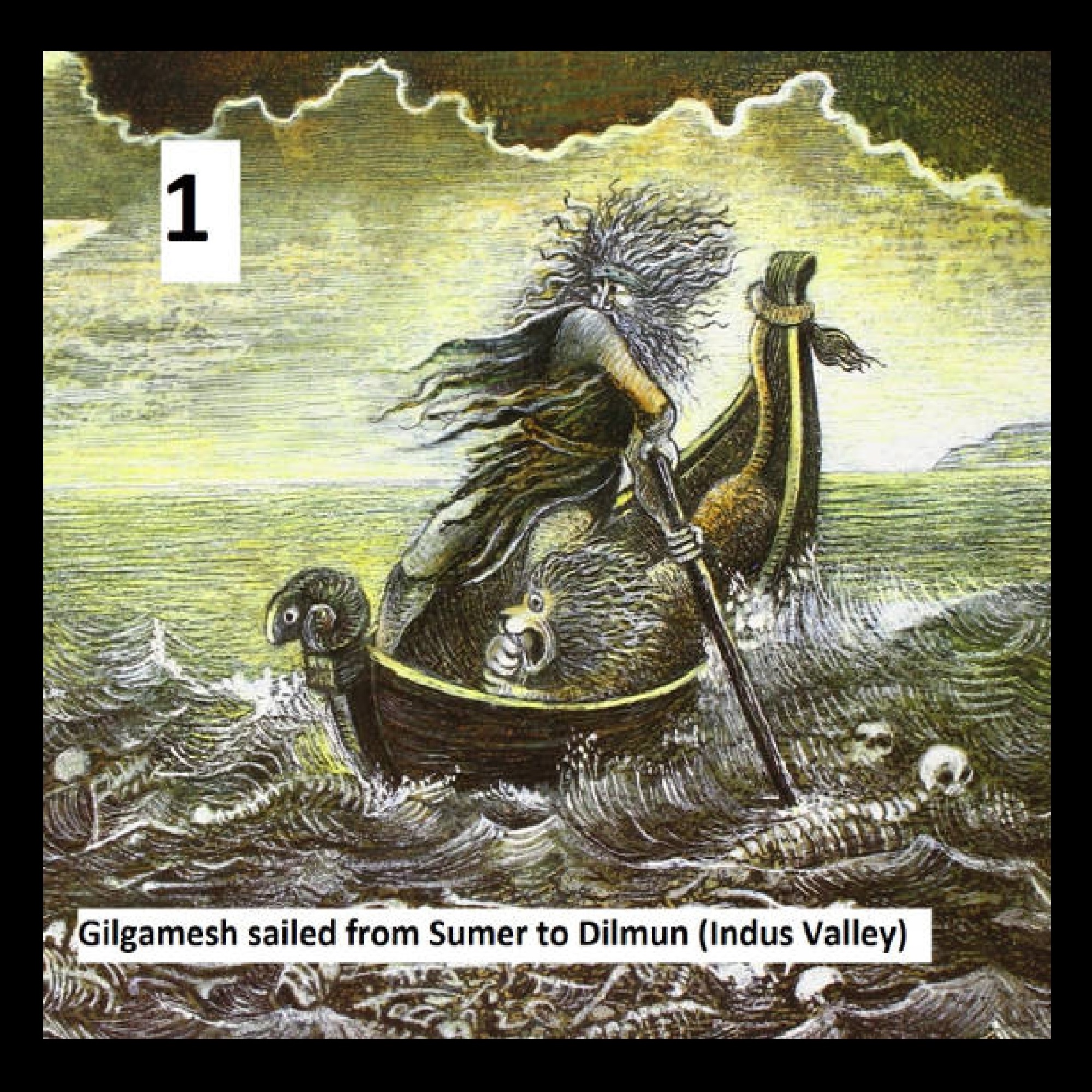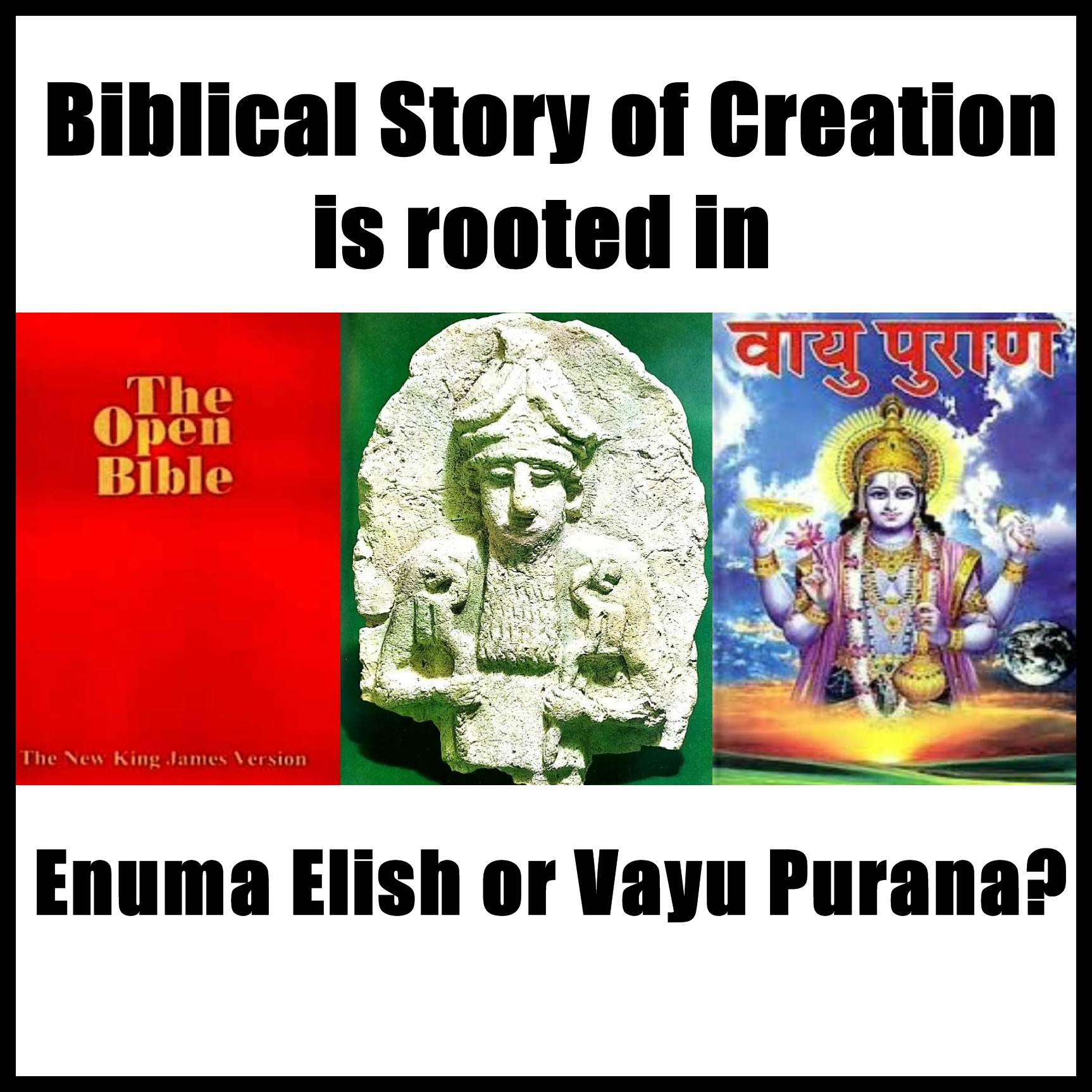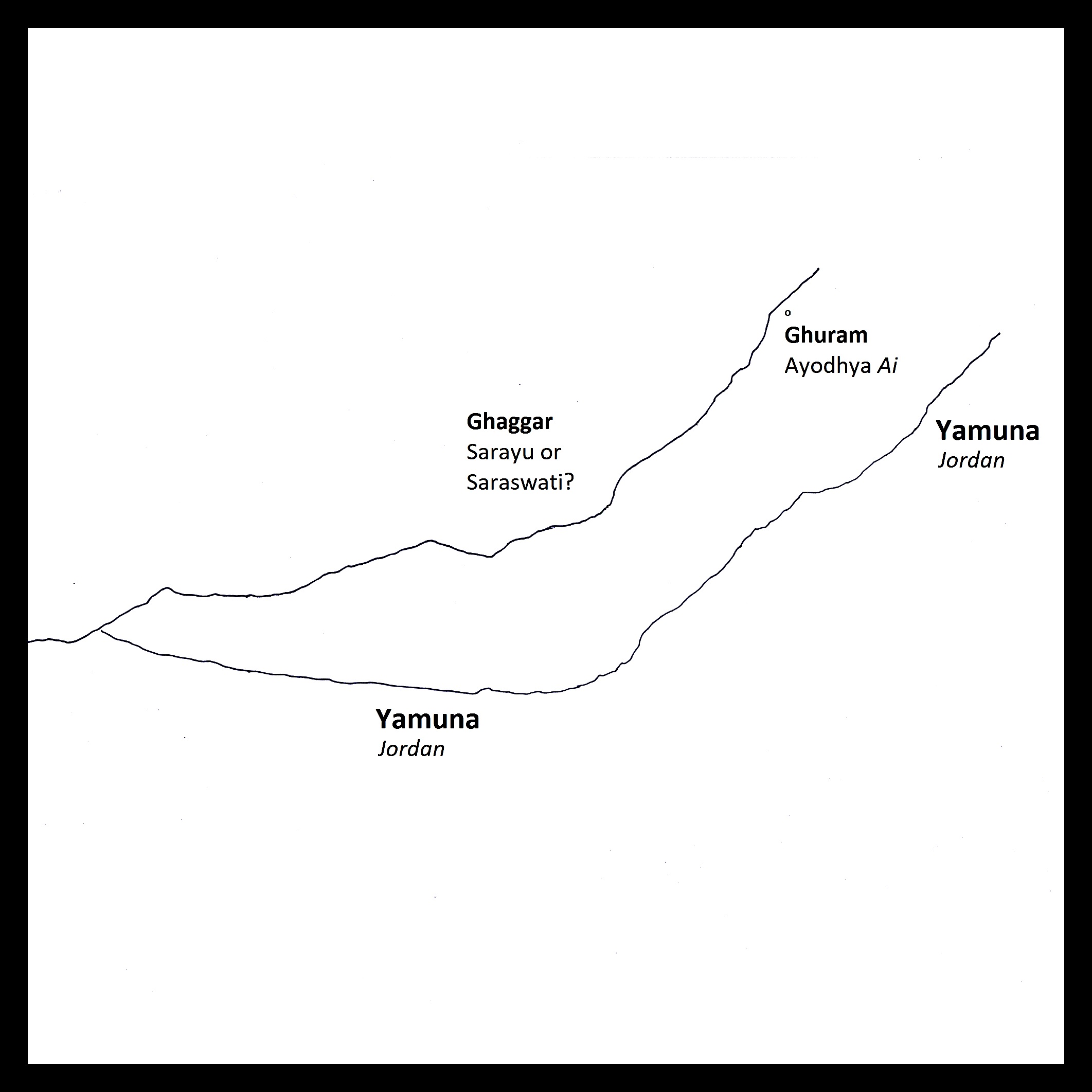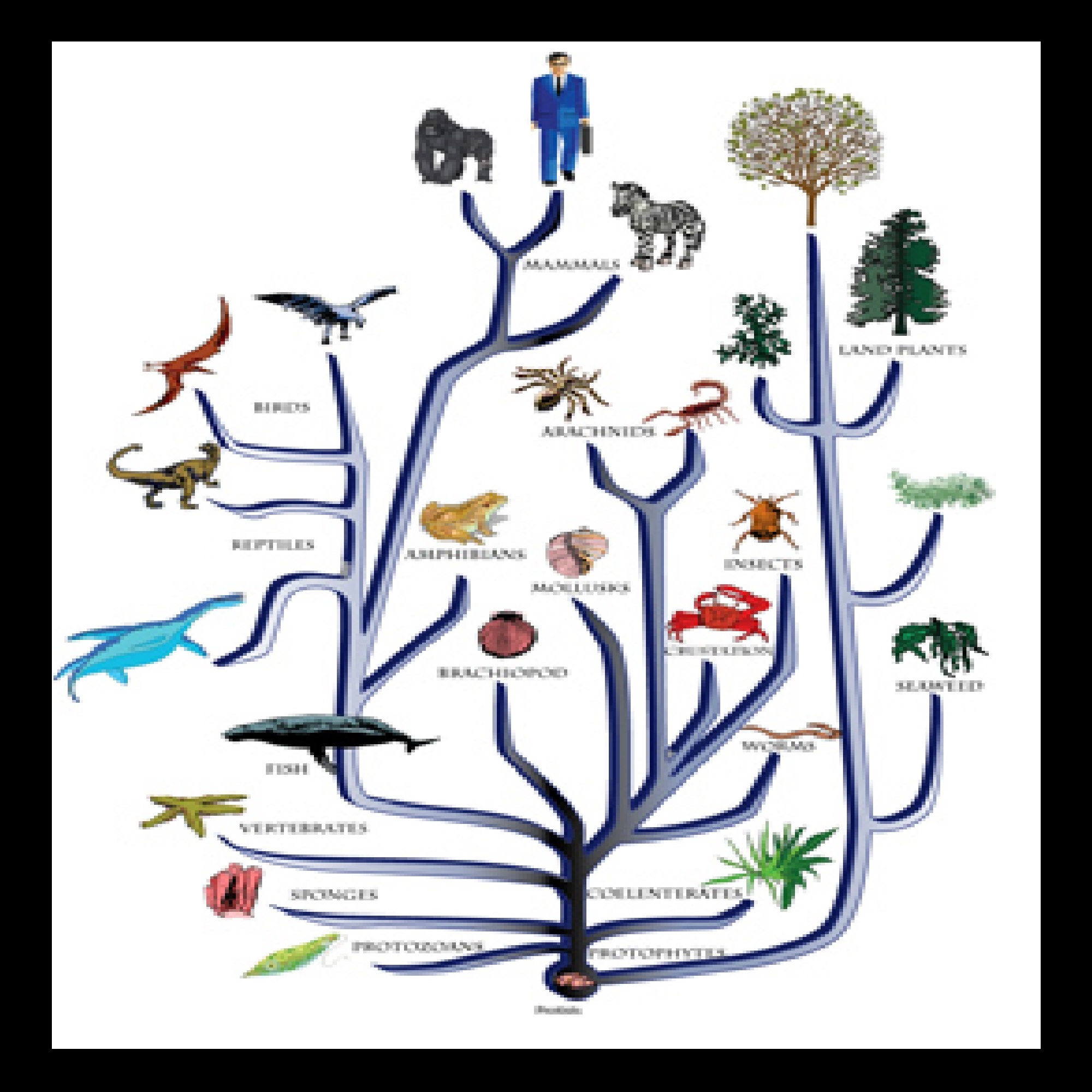Original sin| Biblical Religions| Hindu Religion| Tree of Knowledge| Adam
A supposed difference between the Biblical and Hindu religions appears to that of “original sin.” The Biblical religions believe that Adam committed the sin by eating of the Tree of Knowledge despite the prohibition made by God; whereas we do not find any such concept in the Hindu tradition.
The Biblical narrative of Adam has two possible interpretations. I will explain the mainstream Biblical interpretation; then I will explain the alternative interpretation; and lastly show that the alternative interpretation is parallel to the Hindu religion.
 God created man in “his own image” is parallel to Brahma creating thousand pairs who did not engage in creation.
God created man in “his own image” is parallel to Brahma creating thousand pairs who did not engage in creation.
Creation of Adam and Swayambhu Manu
In Genesis it is said that “God made man in his image” (1:26-27). The question is whether this was an evolved- or a primitive man. The mainstream interpretation is that God created evolved man. The alternative interpretation is that God created a man who had the potential to evolve but as yet was primitive. This interpretation is parallel to the Hindu texts.
The Vayu Purana says that Brahma initially created four sets of one thousand pairs of human beings but they did not engage in creation (Vayu Purana 10:6). They not engaging in creation indicates a sense of primitiveness. So, if we consider Genesis 1:26-27 to tell of the creation of primitive man then it becomes parallel to the Hindu text.
 God instilled violence in Adam while Brahma instilled darkness in Swayambhu to break the primitive stupor.
God instilled violence in Adam while Brahma instilled darkness in Swayambhu to break the primitive stupor.
In Genesis 2:5 it is said that there was no man till the ground; and in Genesis 2:7 it is said that God created man from earth or dust. The mainstream interpretation is that there was no physical man at this time and the creation of mankind in Genesis 1:26 and Creation of Adam in Genesis 2:7 is repetition of the same story.
The alternative interpretation of these two verses is that when the statement that “there was no man to till the ground” only means that the physical man did not till the ground. God had created man in Genesis 1:26 but this man was in a primitive state and did not cultivate as told in Genesis 2:5. But God wanted to “create.” So, God placed some lower-, violent- or evil tendency in the psyche of Adam to break his lethargy.
These lower tendencies are indicated in the saying that God created Adam from “dust.” Man was living in a primitive state. He was not cultivating, not building houses, and not taking creation forward. So, God, in order to break his stupor, implanted certain lower quality. This interpretation is parallel to the Vayu Purana saying that Brahma found that creation was not taking place.
So, he took on a body of “tamas” or the quality of darkness and created two persons named Swayambhu and Shatarupa from this body (Vayu Purana 10:5-10). Genesis 2:7 saying that Adam was created from dust and the Vayu Purana saying that Brahma created Swayambhu from darkness are parallel.
 God did not prohibit, He gave a “negative suggestion” to Adam to eat of the Tree of Knowledge.
God did not prohibit, He gave a “negative suggestion” to Adam to eat of the Tree of Knowledge.
Story of Tree of Knowledge
Next, God placed the Tree of Knowledge in the middle of the Garden (Genesis 2:9). Next, God told Adam that he should not eat of that the Tree (2:17). The mainstream interpretation is that God tempted Adam by first placing the Tree in the middle and then telling him not to eat of it to see whether Adam would stick to his words. The alternative interpretation is that God had placed the Tree in the middle of the Garden so the Adam would eat of it but the Adam did not eat.
So, God gave him a “negative suggestion” not to eat. Psychologists say that subconscious reacts more quickly to a negative suggestion than to a positive suggestion. If a mother tells a child please eat this bread, then the child may not eat the bread whereas if the mother tells the child not to eat the bread then the child is more likely to eat the bread. The alternative interpretation is that God Adam a negative suggestion so that Adam would eat of the Tree.
However, Adam and Eve still did not eat of the Tree. Then the Serpent told Eve that if she ate of the Tree she would not die. Eve, so persuaded, ate of the Tree along with Adam and their eyes were opened. The mainstream view is that till that time there was no death, Adam would have lived perpetually. But because Adam and Eve did not honor God’s words, therefore, Adam died although after 930 years.
The alternative interpretation is that the Serpent was a representation of the Kundalini or the psychic path in the spine. Eve’s own unconscious came out and told her, “Look here is the Tree of Knowledge. If you eat of it, you will not die.” Then she and Adam ate of it.
 The eyes of Adam were opened and he became progenitor of humankind like Swayambhu Manu.
The eyes of Adam were opened and he became progenitor of humankind like Swayambhu Manu.
God always wanted Adam to eat of the Tree of Knowledge. God first placed the Tree in the middle of the Garden. The God gave a negative suggestion. Lastly, Eve’s own unconscious encouraged her to eat of it and their eyes were opened. This interpretation is parallel to the Vayu Purana which says that Brahma made Swayambhu from the quality of darkness (10.2) and he became the progenitor of the large number of human beings.
 Serpent living in the dust is the movement of psychic energy in the darkness of the spinal cord.
Serpent living in the dust is the movement of psychic energy in the darkness of the spinal cord.
Story of Serpent
Then God cursed the Serpent to live on the ground and eat dust. An alternative interpretation is that the psychic movement in the spinal cord, portrayed as a Serpent, was cursed to live in the dark.
 Psychic movement in the spinal cord is portrayed as a serpent in the Bible and Vayu Purana.
Psychic movement in the spinal cord is portrayed as a serpent in the Bible and Vayu Purana.
The Vayu Purana says in parallel that at a particular time Brahma was very angry that creation was not taking place so his hairs became serpents and Brahma cursed them to live at a place where the sun did not reach (Vayu Purana 9:36-38). The Biblical curse that the serpent will eat dust and Brahma’s curse that they will live in the dark could mean that the psyche will perpetually live inside the spine.
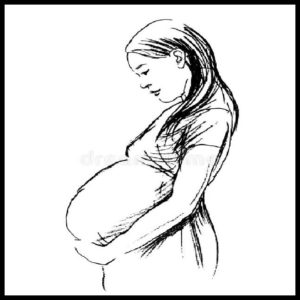 The “curse” to the women to bear pain tells of larger numbers of children.
The “curse” to the women to bear pain tells of larger numbers of children.
Story of Women
Then God cursed the woman that you will now bring forth children in pain (Genesis 3:15). This could be a small pain leading to a beneficial result of producing larger numbers of children just as a surgery leads to improved health. The Vayu Purana says in parallel that women used to have periods only once towards the end of their life before a particular time.
At the time of Swayambhu Manu they began to have periods at monthly frequency which means they started procreating large number of children (Vayu Purana 8:43). Thus, the Biblical “curse” to the women to have bear children in pain is parallel to the Vayu Purana saying the women started having monthly periods.
 The curse to earth to bring forth “thorns and thistles” with bountiful crops is same as trees beginning to go in the homes of the people.
The curse to earth to bring forth “thorns and thistles” with bountiful crops is same as trees beginning to go in the homes of the people.
Story of Land
Then God cursed the land that it will bring forth “thorns and thistles” (Genesis 3:17). We see cultivation also brings forth thorns and thistles. That is not new. The important point is that the earth, which was not producing any edible crop previously, now started bringing forth thorns and thistles along with bountiful crops. This is mentioned in the Vayu Purana as saying that the trees began to go in the homes of the people (Vayu Purana 8:87).
 God placed guards near the Tree of Life or the Kalpa-vriksha to guide people for measured eating.
God placed guards near the Tree of Life or the Kalpa-vriksha to guide people for measured eating.
God placed guards near the Tree of Life and Kalpa-vriksha
The last point is that “God placed guards near the Tree of Life.” There were two trees in the Garden of Eden—the Tree of Knowledge and the Tree of Life. Adam had already eaten of the Tree of Knowledge. Then God placed guards near the Tree of Life.
However, the Bible is silent about the purpose of the placing of the guards. We find guards are placed to guide the people in the right direction in a tourist resort and like places. It is possible that God had placed these guards not to prevent Adam from reaching the Tree but to guide mankind to reach the Tree and partake of it in a measured manner so that the Tree did not become extinct.
The Vayu Purana says in parallel that there was a Tree called Kalpa-vriksha or a “desire-fulfilling” tree. This tree became weak at a certain point of time (Vayu Purana 8.94). Perhaps God had placed guards to make sure it was eaten off in a measured manner so that it did not become in extinct but this is not mentioned explicitly in the Vayu Purana.
We suggest that the alternative interpretation of the Bible and the Vayu Purana are parallel.
First, God created humankind is parallel to four sets of humankind created by Brahma.
Second, God said there was no man to cultivate the land. Brahma said that creation was not taking place.
Third, God created Adam from dust. Brahma created Swayambhu from the quality of darkness.
Fourth, God placed Tree of Knowledge in the Garden; and fifth, God prohibited Adam from eating of it. The Vayu Purana is silent on this though the narrative slips into it.
Sixth, the Serpent told Eve to eat of the tree is parallel to the lower qualities encouraging Swayambhu to undertake cultivation.
Seventh, the Bible says the eyes of Adam and Eve were opened is parallel to Swayambhu beginning to cultivate.
Eighth, God cursed the Serpent to live in dust just as Brahma cursed the serpents to live in the darkness.
Ninth, God told women to bring for children in pain is parallel to the Vayu Purana saying that women began to have monthly periods.
Tenth, God cursed the earth to bring forth thorns and thistles along with crops is parallel to Vayu Purana saying that trees began grow in the homes of the people.
Eleventh, God placed guards on the Tree of Life so that they did not become weak is parallel to the Vayu Purana saying that the Kalpa-vriksha did become weak.
We suggest that the Biblical and Vayu Purana narratives of creation become parallel if we take these alternative interpretations of the Bible. This leads us to further suggest that the two narrative might have a common origin which needs further exploration.

